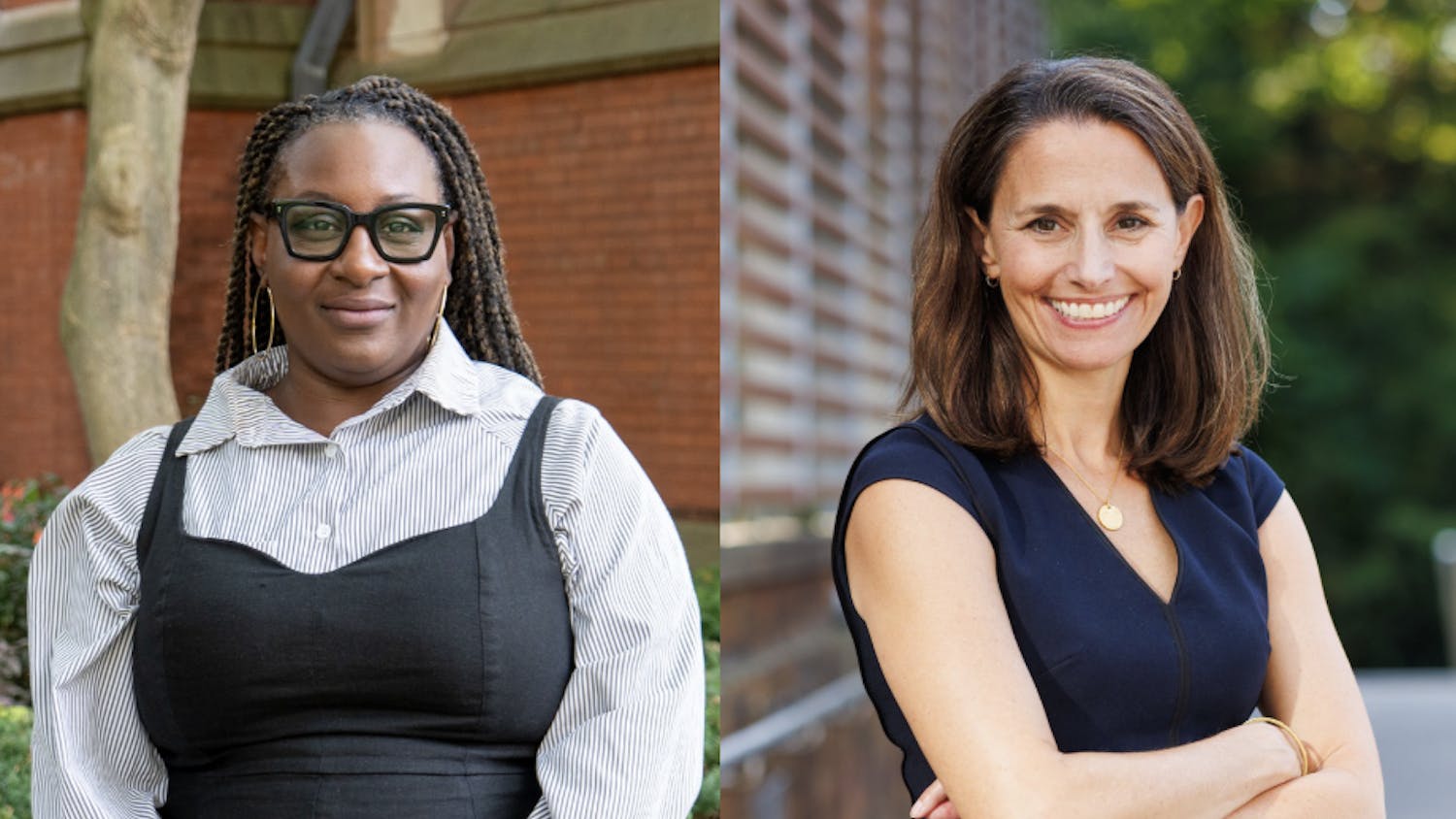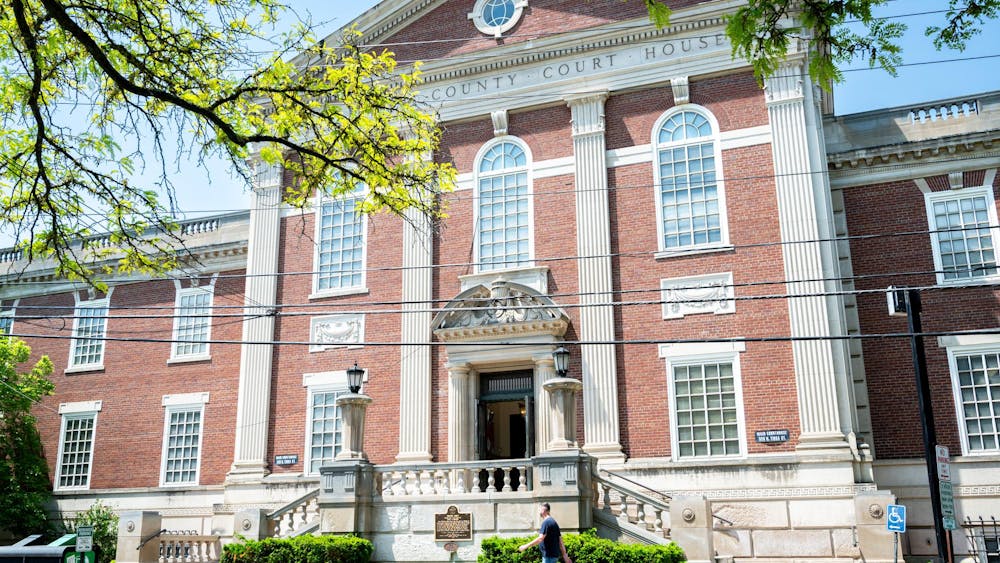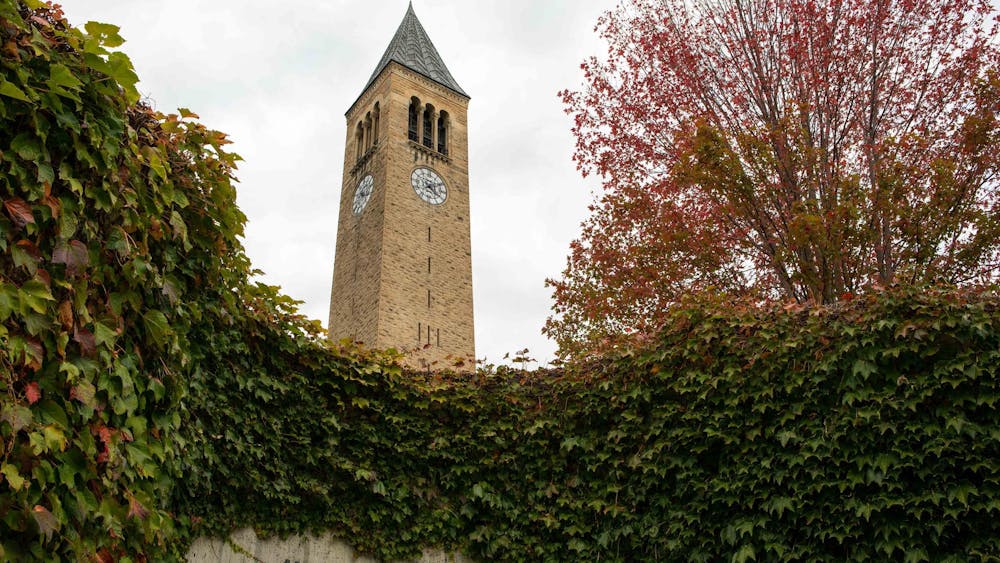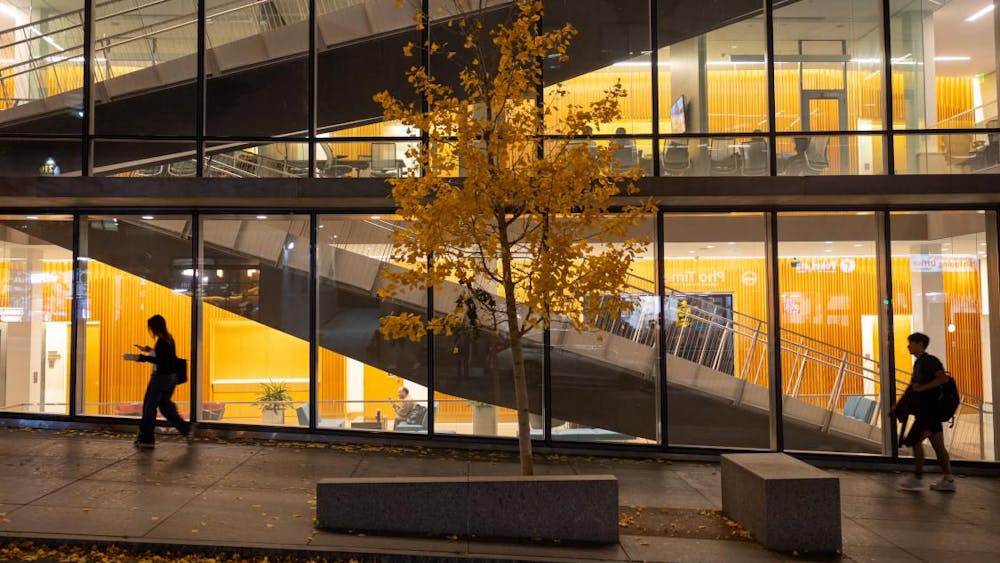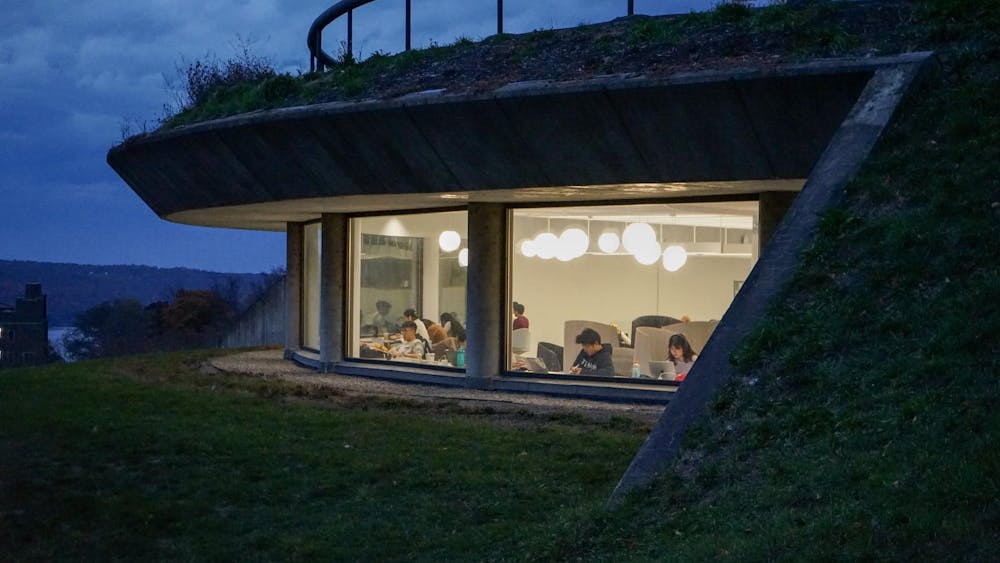Cornell finds itself on an ever-shrinking list of colleges persisting with plans to conduct a hybrid semester, with both the University of Pennsylvania and Brown University retreating from such decisions on Tuesday. Cornell is also the only Ivy that hasn’t capped its on-campus students. Initially intending to bring students back to campus for a hybrid semester, on Aug. 11 Brown delayed its reopening and committed to online classes until at least Oct. 5 while the University of Pennsylvania opted for an almost entirely virtual semester on the same day. These shifts make Cornell one of four Ivy League schools to continue with hybrid instruction and some form of residential life. Brown Brown’s president, Christina Paxson, made waves in April as the first top administrator of an Ivy League university to speak on the nature of instruction come fall — emphasizing the necessity of in-person classes to revitalize local economies and maintain the viability of institutions of higher education. The Rhode Island-based university initially announced a trimester model for the 2020 to 2021 academic year, allowing each class year to return to campus for two of the three trimesters. Brown has now backtracked, stating all instruction will be virtual until at least Oct. 5 and a small number of students — those living in conditions that are unsafe or unconducive to remote learning, international students who cannot return home and those working in laboratories — can come back to campus before Labor Day. “The remainder of students will be invited to return in late September, provided the public health situation has improved, and in-person instruction of small classes will begin,” Paxson wrote in an email to students. Paxson cited the growing number of COVID-19 cases both nationwide and locally in Rhode Island as the cause for the change. Brown’s president also laid out the criteria for reopening the university on Oct. 5, which included a decrease in average COVID-19 cases over a 14-day period among students and the local population by Sept. 11. University of Pennsylvania The University of Pennsylvania made a similar change in direction on the same day. Initially, the university’s plan mirrored Cornell’s in many ways — planning to bring back all of its students to hybrid classes while holding them to a behavioral compact. The surge in cases nationwide made the number of students that would need to quarantine for two weeks “untenable,” according to an email to the campus community from President Amy Guttman. Cornell faced a similar reality, and instead shifted its quarantine plans. With a growing list of students requiring two week quarantines upon arrival, Cornell could not facilitate the quarantine of all students living on campus, forcing many students to scramble for hotel rooms and Airbnbs. The University of Pennsylvania is also dealing with the nationwide shortage in the reagents necessary for Polymerase Chain Reaction testing, causing a backlog of COVID-19 tests and delay in test results. The shift comes about three weeks before students were expected to be on campus, a timeline that has prompted student frustration and ridicule on various social media platforms — including Facebook meme pages.


When formulating initial plans for the academic year Stanford anticipated an improvement in the status of the pandemic, but the recent surge in COVID-19 cases and deaths has caused the administration to reverse course on Aug. 13. “There has been a dramatic reversal in California’s reopening due to the increased spread of COVID-19. There have now been nearly 600,000 COVID-19 cases and more than 10,000 deaths in California, and much of the state, including all of the Bay Area, has been placed on a “watch list” due to worsening trends in public health indicators,” said Stanford’s president, Marc Tessier-Lavigne. On Aug. 6, Johns Hopkins University also amended their plans for the fall semester. On Jun. 30 JHU President Ronald J. Daniels and other top admin announced that “[a]s long as the public health situation is favorable, undergraduate classes, both in-person and remote, will begin August 31, as previously scheduled.” In their most recent announcement, admin of the Baltimore-based school cited the unfavorable course of the pandemic as the cause for the change. As it stands nearly a third of the school’s students come from states that are considered COVID-19 hotspots. Some research facilities and clinical activities are continuing, subject to strict public health guidelines. However, the administration stated that classroom activities, in conjunction with extracurricular interactions and residential life, pose a much higher level of risk for the spread of the virus. JHU recognized the financial burden this decision could have on students, and allocated $14.8 million to need based aid and emergency aid. Those that were receiving financial aid to live off campus and choose not to live in the Baltimore area will also continue to receive their aid.With great regret, Stanford has decided we will not be able to invite undergraduate students to campus for the fall quarter. Almost all undergraduate instruction will be delivered remotely. https://t.co/I7S5ZwLiRg
— Stanford University (@Stanford) August 13, 2020



